Lahore is the second largest city in Pakistan and the capital of the Punjab province. It is situated on the Ravi River in the northeastern part of Punjab and has a population of over 13 million people. It is one of the most significant industrial and economic centers in the country. The beauty of local monuments combines with the charm of narrow streets and markets. Today, I’ll take you on a journey through this fascinating city!
Table of Contents
Shahi Hammam
Shahi Hammam, also known as Wazir Khan Hammam, is a Turkish bath built in 1635 during the reign of Emperor Shah Jahan. It was constructed by the Mughal court’s chief physician, Ilam-ud-din Ansari, commonly known as Wazir Khan.
The bathhouse has over twenty interconnected rooms and was intended for public use. It consisted of three parts: the first serving as a dressing room, the second offering warm baths, and the third with hot water. These baths were divided into separate sections for men and women and, in addition to the reception chamber, also had a prayer hall. Most of the rooms have been preserved in their original state.
Shahi Hammam was restored between 2013 and 2015, yielding excellent results. The bathhouse is listed as a UNESCO World Heritage Site.
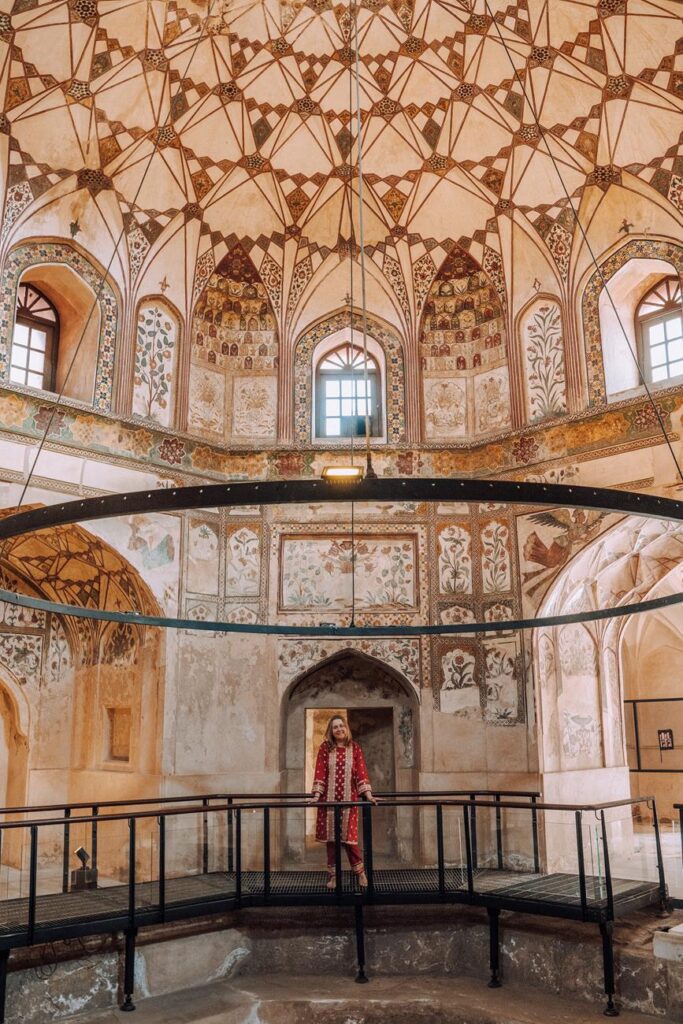
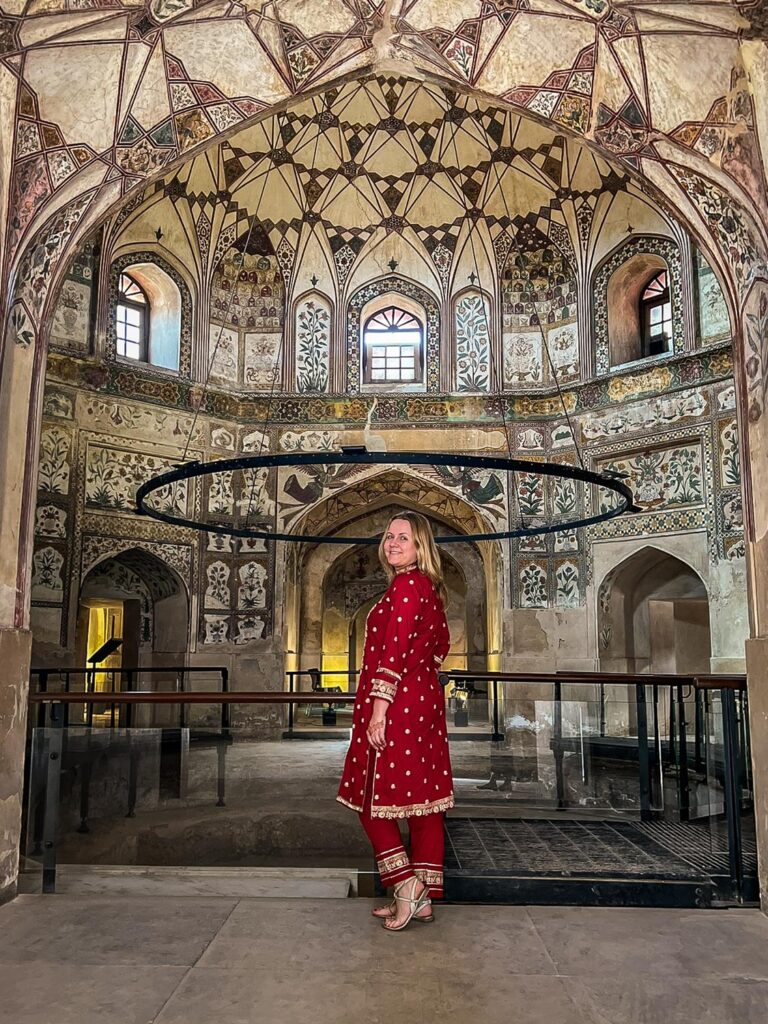
13 Lahore Gates
The Lahore Gates once served as thirteen different entrances to the walled city. Some of them have been damaged over time, but during the British rule in Pakistan from 1849 to 1947, several were reconstructed and restored. The most famous is Delhi Gate, but Gates like Roshnai, Akbari, Sheranwala, Kashmiri, and Masti are also noteworthy.
Delhi Gate, as the name suggests, opened to the east, towards Delhi, the former capital of the Mughal Empire. It served as the main entrance to Lahore at the time, with its doors closing every night. It is a unique example of Mughal architecture, with intricate carvings, inlays, and towers.
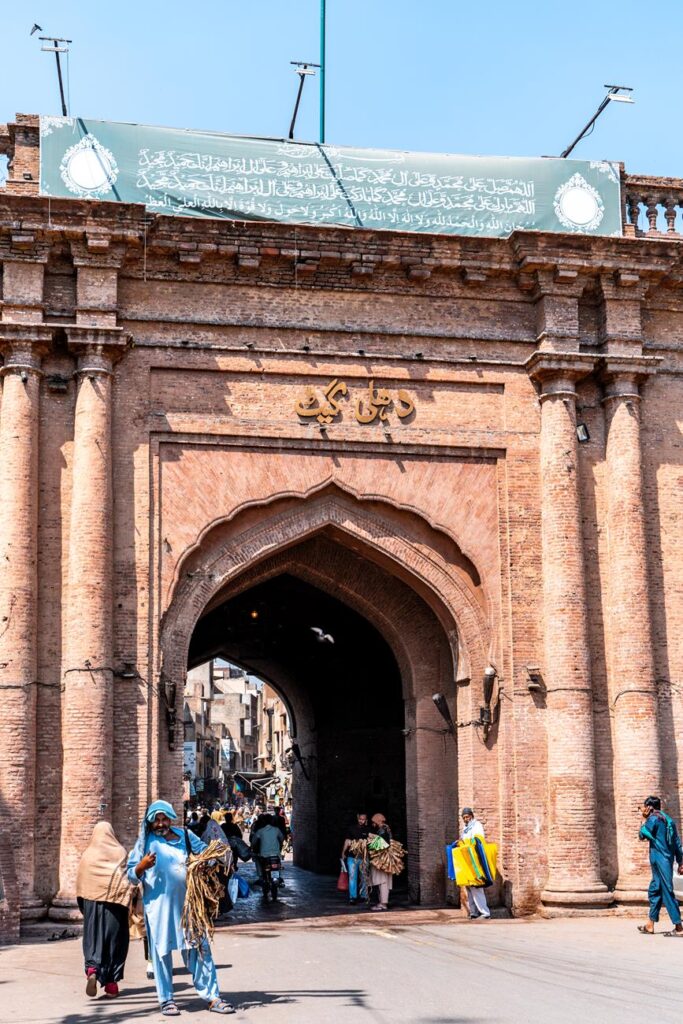
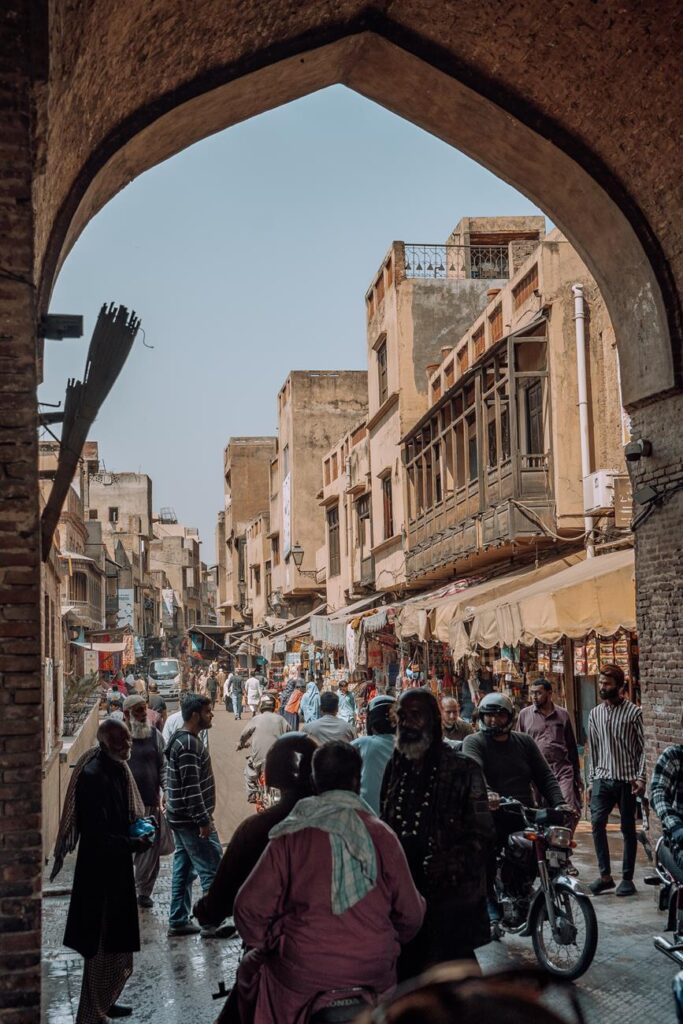
Wazir Khan
Mosque Wazir Khan Mosque is a 17th-century mosque that was commissioned during the reign of Emperor Shah Jahan. The mosque was ordered by the Mughal court’s chief physician, mentioned earlier, Hakim Ilam-ud-din Ansari, known as Wazir Khan. Construction began in 1634 and took seven years to complete. The mosque is on the UNESCO World Heritage List.
Considered the most beautiful mosque of the Mughal era, Wazir Khan is renowned for its hand-painted tiles with intricate patterns known as kashi kari, as well as frescoes adorning its inner walls. The building has been undergoing thorough restoration since 2009. If you plan to visit, remember to dress appropriately!
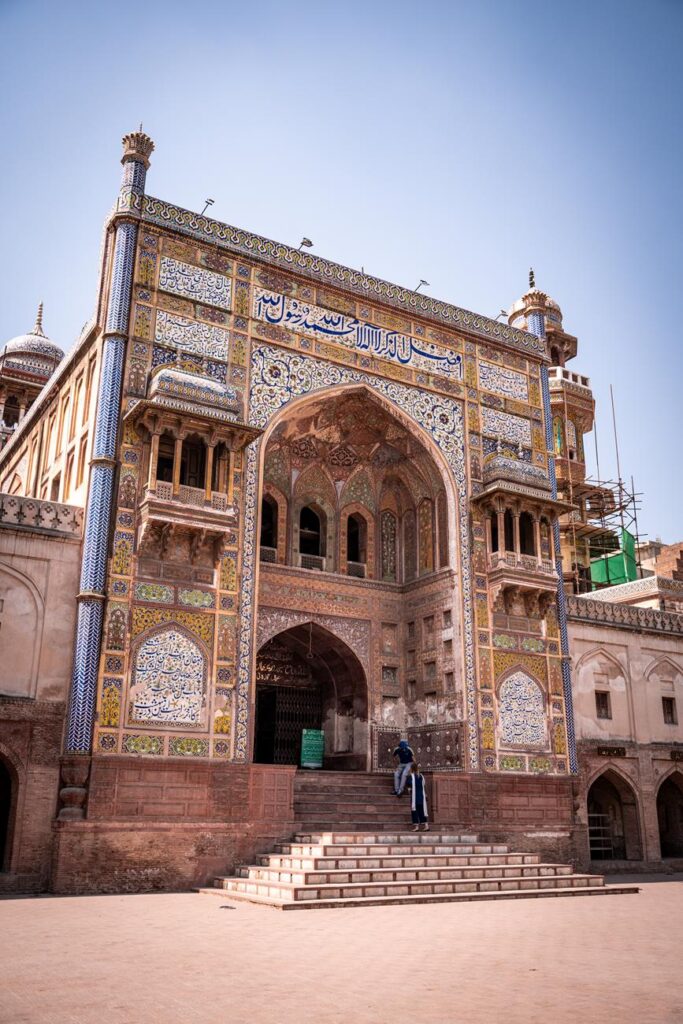
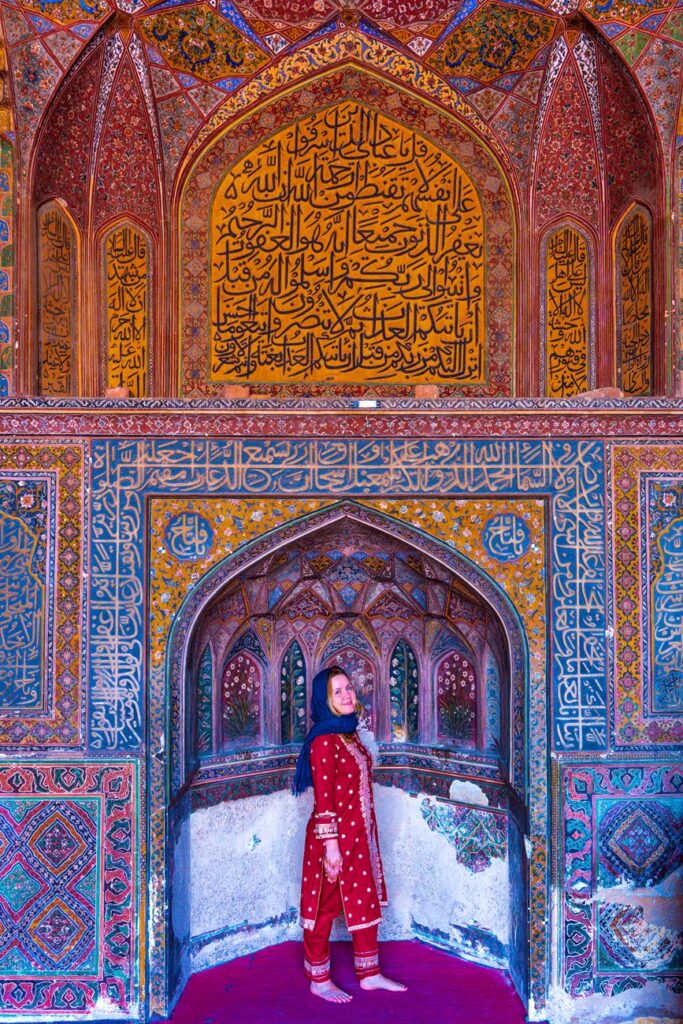
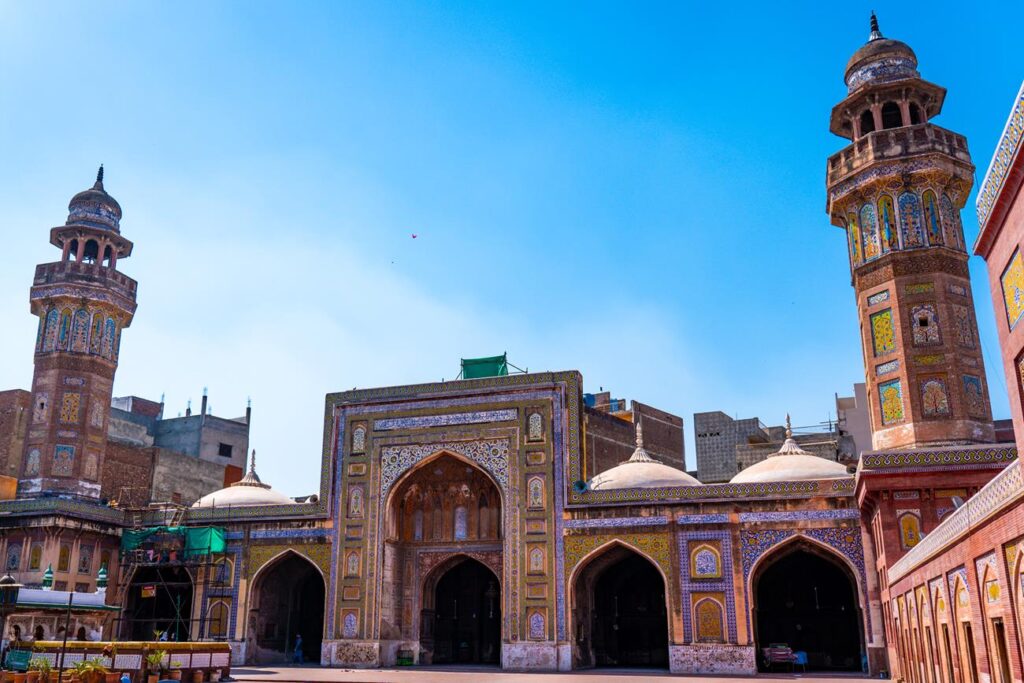
Badshahi Mosque
Badshahi Mosque is an iconic congregational mosque built on the orders of the Mughal Emperor Aurangzeb. Its construction was completed in 1673. Located opposite Lahore Fort, it is considered one of the most iconic landmarks of the city. It is the largest mosque of the Mughal era and the third-largest mosque in Pakistan.
Above the entrance, numerous small marble and red sandstone minarets dominate, with an inscription commemorating the builders visible at the gate. The exterior of the mosque is adorned with carvings in white marble with floral motifs, characteristic of Mughal art.
The Badshahi Mosque houses relics attributed to the Prophet Muhammad and his descendants. As an interesting fact, you can communicate in a whisper from one corner to another, and no one else present in the mosque will hear it!
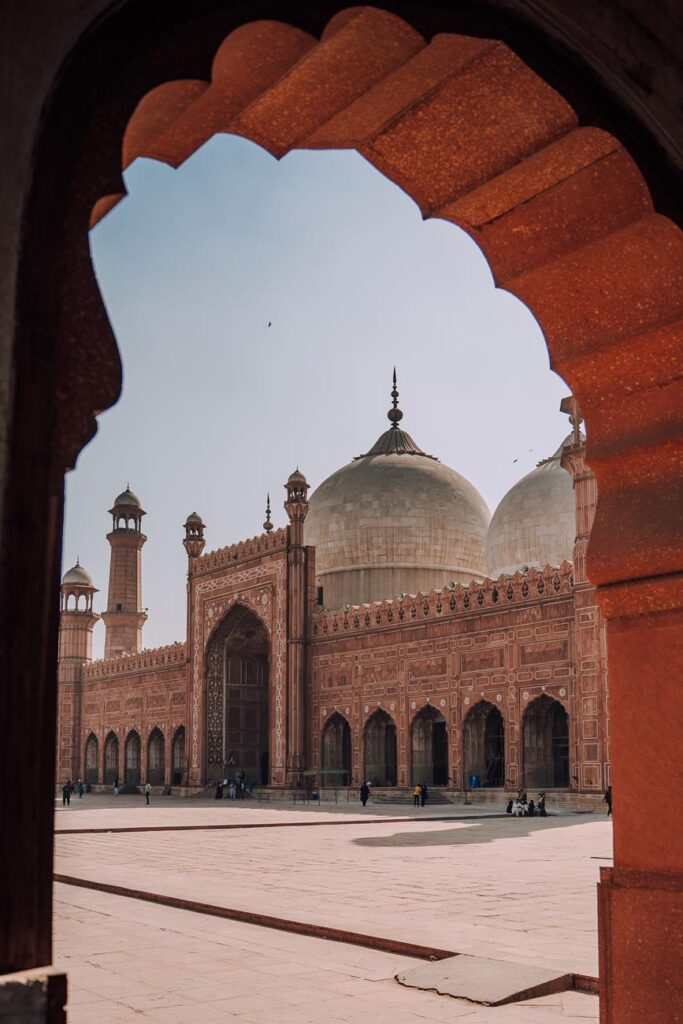
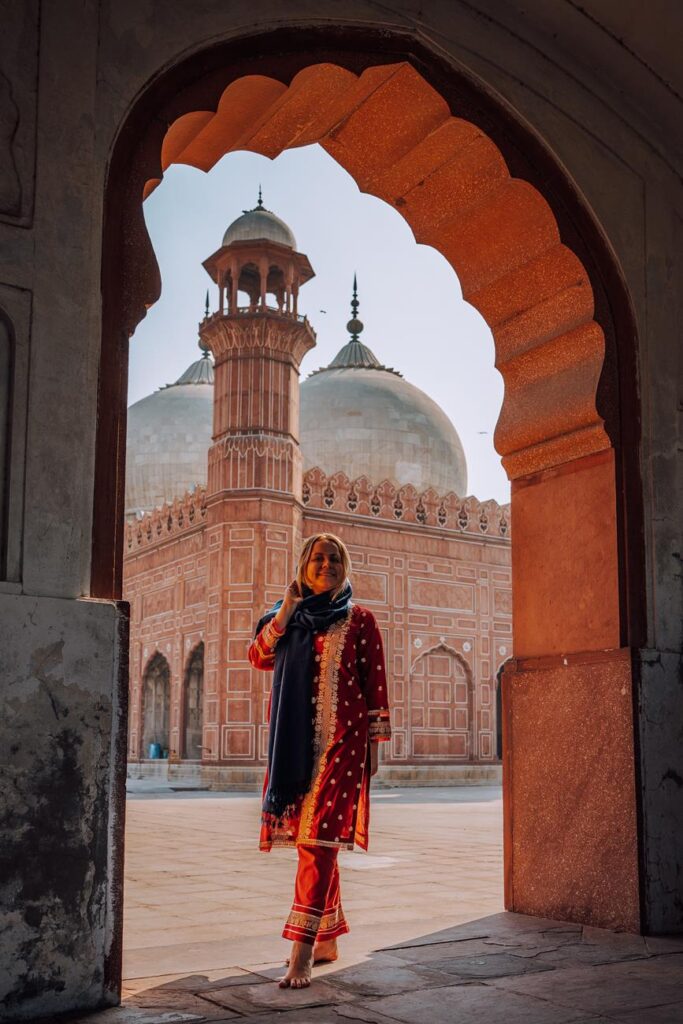
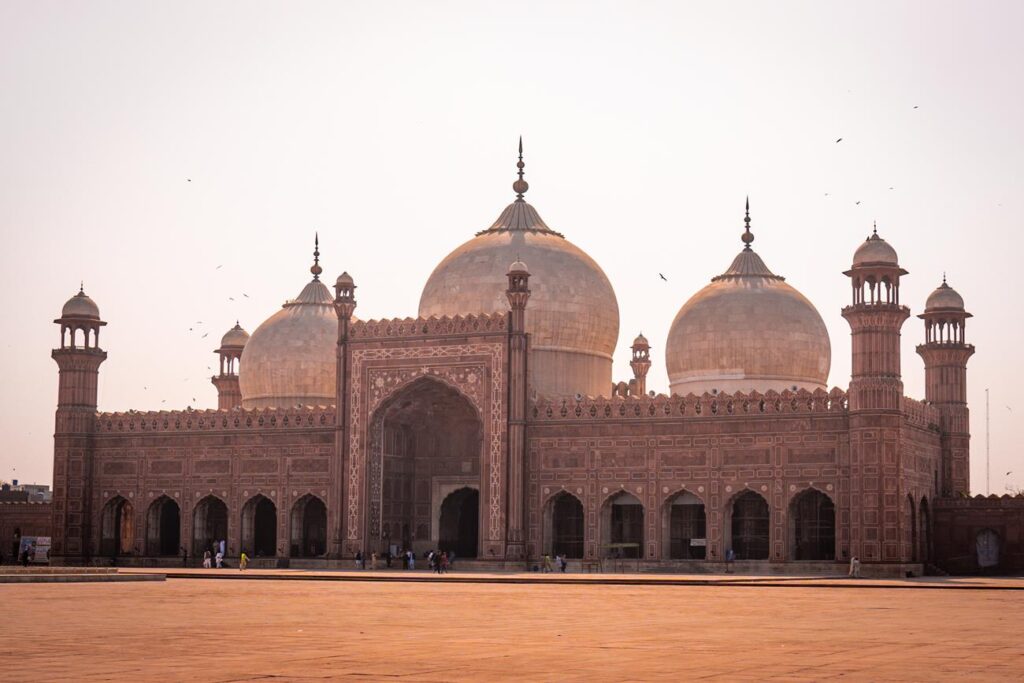
Lahore Fort
Lahore Fort, located at the northern end of the walled city, covers an area of over twenty hectares. During the peak of the Mughal Empire’s grandeur and wealth in the 17th century, Lahore Fort was almost entirely rebuilt.
After Emperor Akbar’s initial reconstruction, his successors, including Emperors Shah Jahān and Aurangzeb, significantly expanded the fort, adding new, often beautifully decorated buildings. As a result, Lahore Fort represents various stages of Mughal architectural development, making it unique. It is divided into two parts: the administrative, accessible through the main gates, and the hidden residential section.
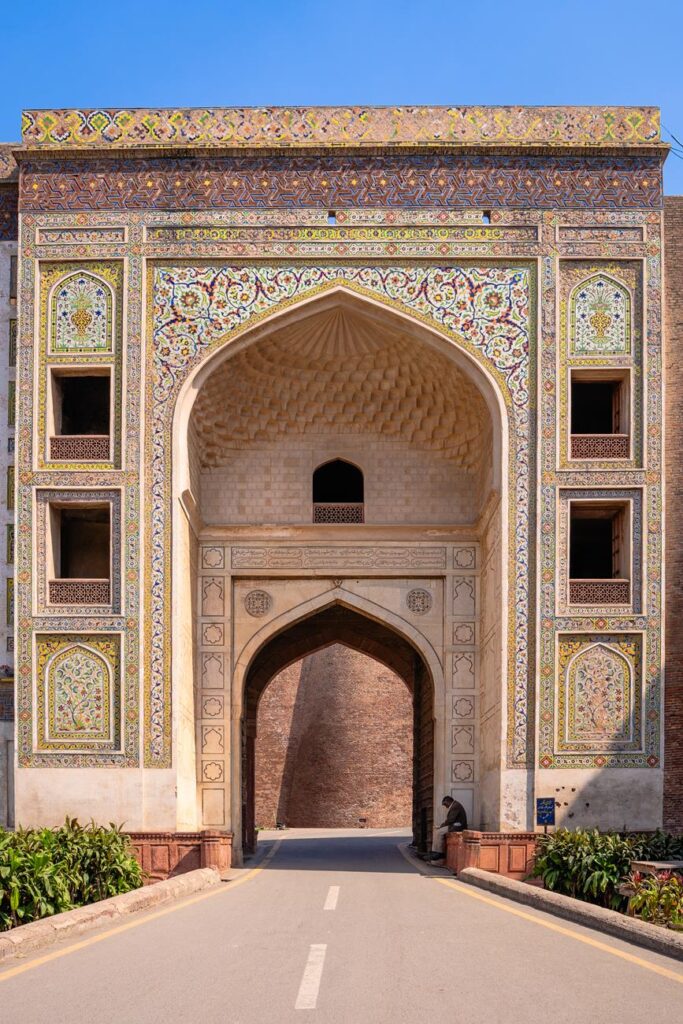
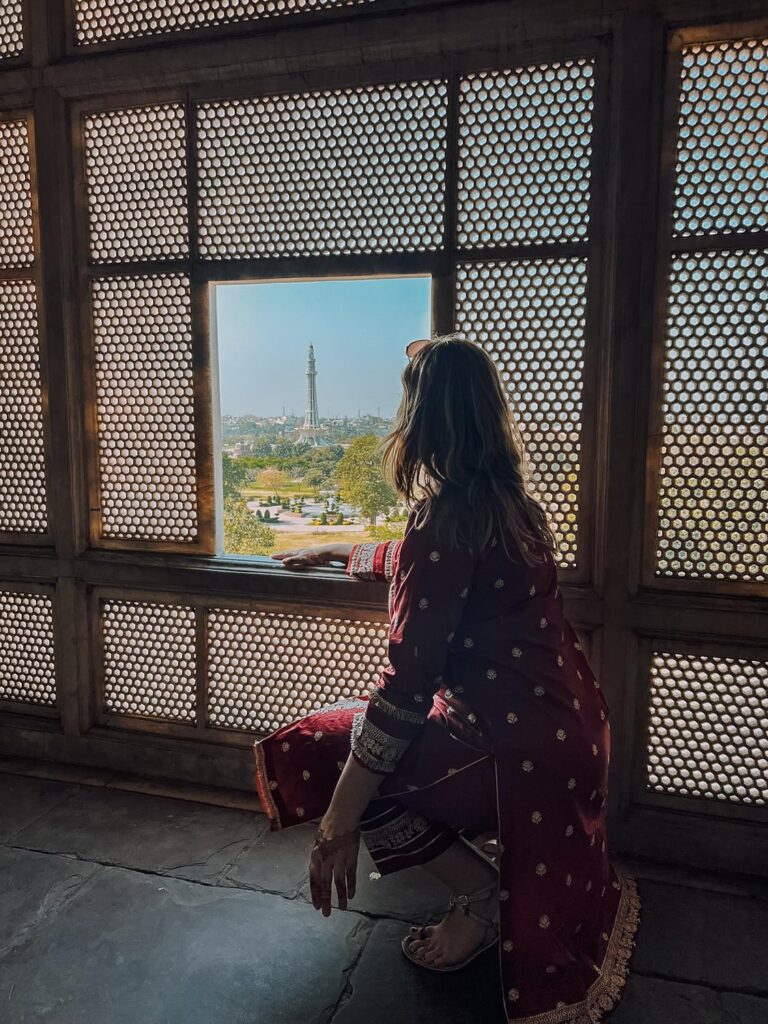
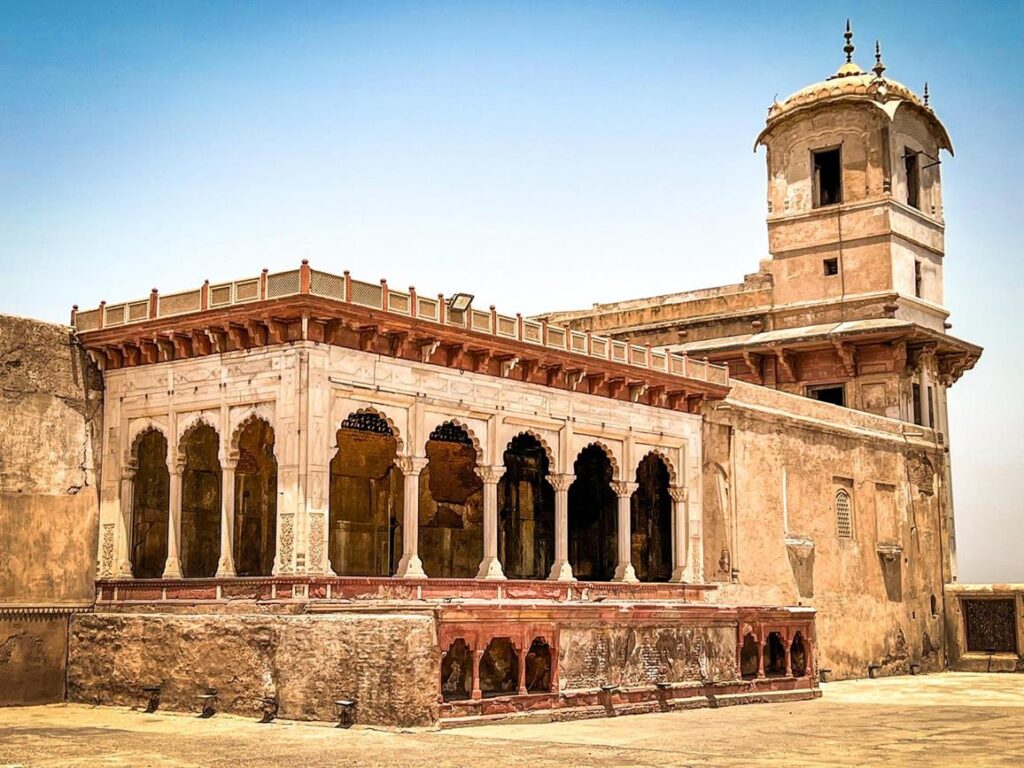
Haveli Restaurant
If you appreciate good food and want to taste Pakistani specialties, be sure to visit the Haveli Restaurant! It is located in the historic Haveli Khalil Khan building, representing the rich heritage of the region. The menu includes both traditional local dishes (such as handi, kabab, and tandoori) and international cuisine, so everyone will find something they like. From the restaurant terrace, you can enjoy a beautiful view of Lahore and Badshahi Mosque, and the food is delicious and worth recommending!
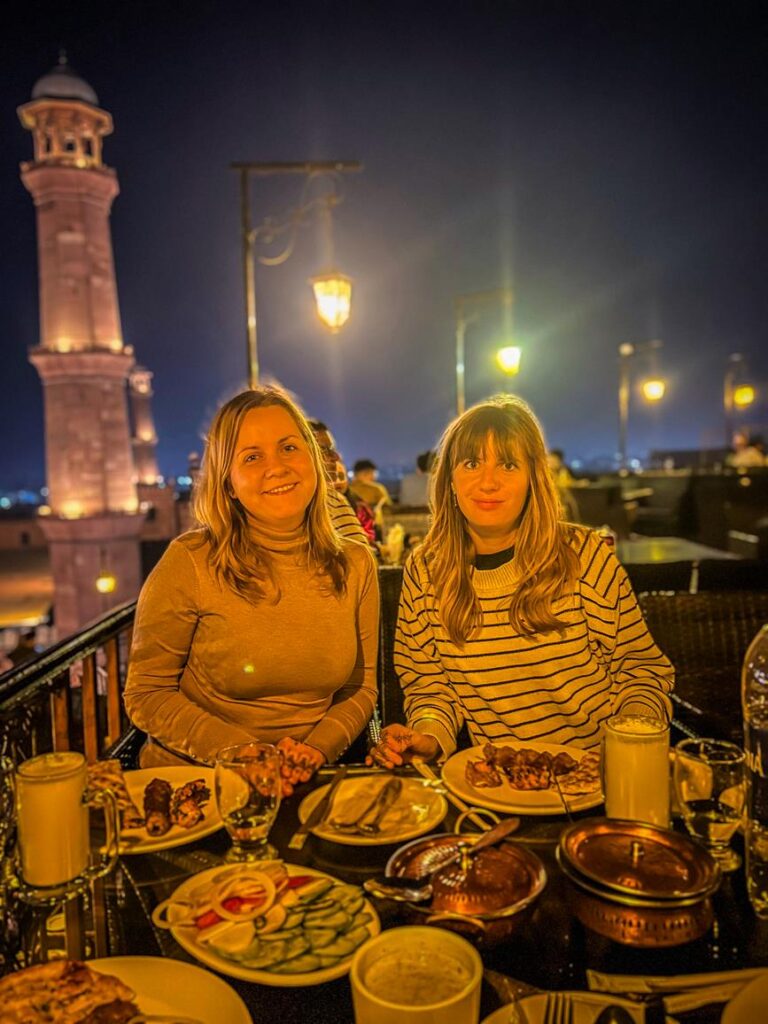
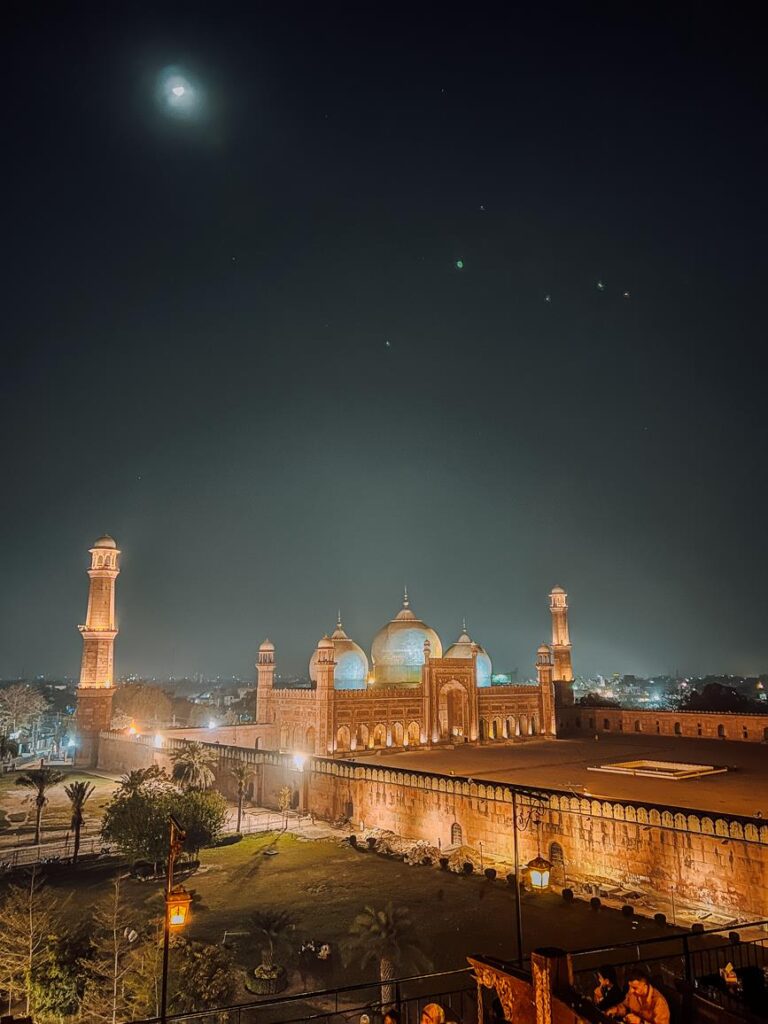
What to do? Henna Painting Art
Henna, known as “mehndi” in Pakistan, has been part of the culture there for many years. You have probably seen these traditional, intricate designs in photos! It is a temporary form of decoration featuring symbolic, floral, and geometric shapes. Designs on women’s hands are a regular part of ceremonies such as weddings. In Lahore, I had the opportunity to visit an artist and experience henna painting on my own skin!
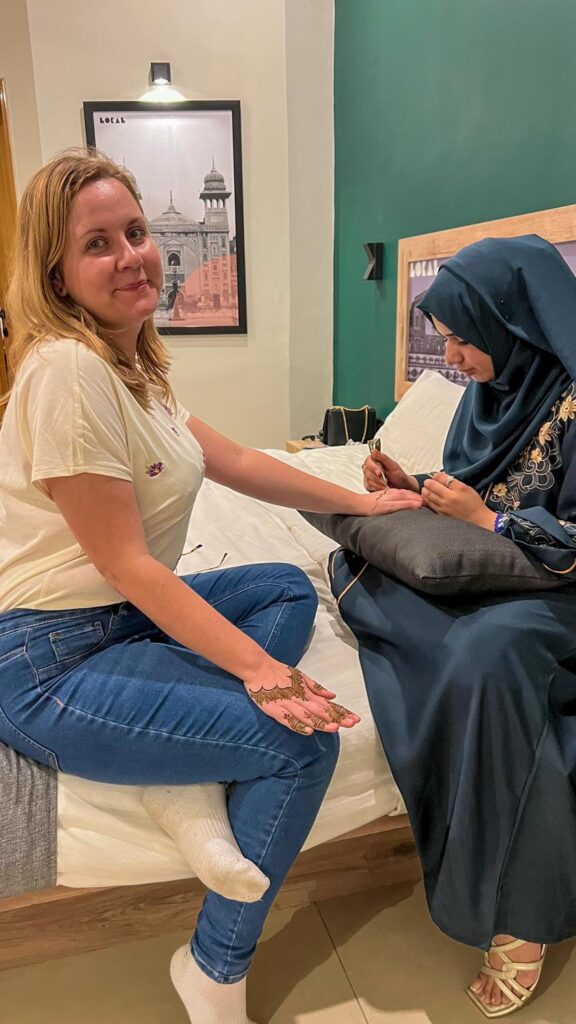
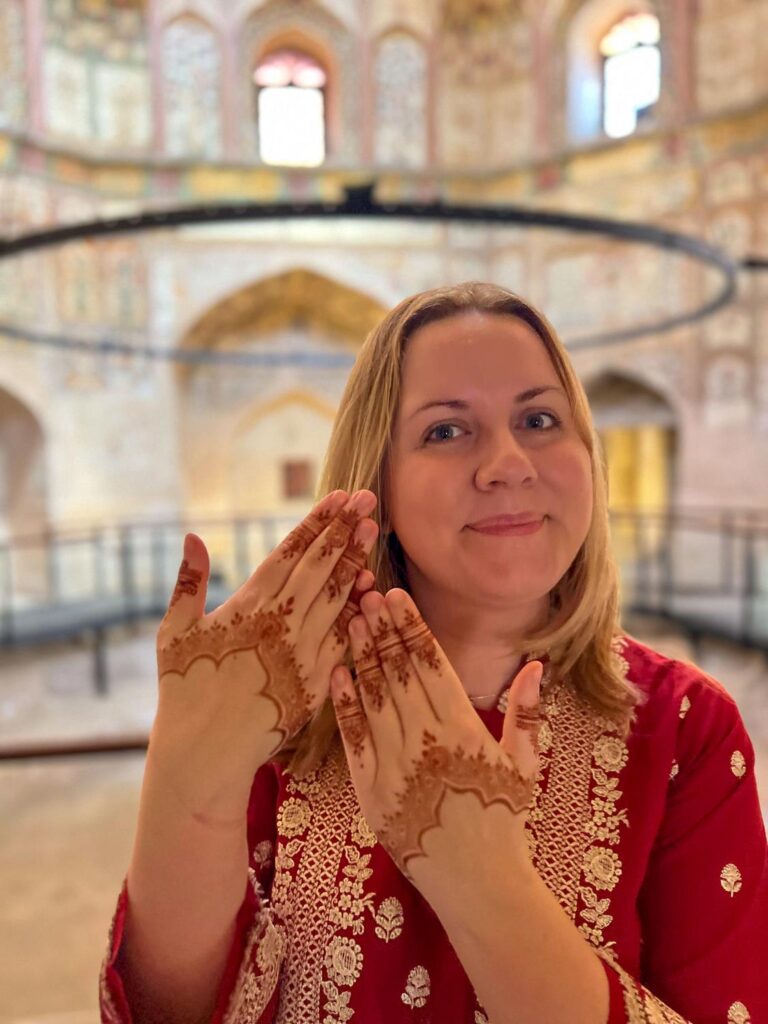
Pollution in Lahore
Lahore ranks high on the list of cities worldwide regarding air pollution according to the Air Quality Index (AQI). An AQI above one hundred becomes unhealthy, and in Lahore, it can reach almost two hundred – a dangerous level not only for sensitive individuals but also for the general population. I truly felt this during my stay there, especially on the first night! The city, like several others in the Punjab province, grapples with a massive smog problem.
Other Attractions in the Area
Khewra Salt Mine
The Khewra Salt Mine is the world’s second-largest salt mine. It is located in the Salt Range on the Potohar Plateau, rising from the Indus Plain in Punjab.
The mine is famous for producing pink salt, often sold as Himalayan salt. It is a significant tourist attraction, attracting over two hundred thousand visitors annually. The mine’s known history dates back to its discovery by the troops in 326 BCE, but salt trading is believed to have started in the Mughal era. It remains the country’s largest source of salt, producing over 350,000 tons annually.
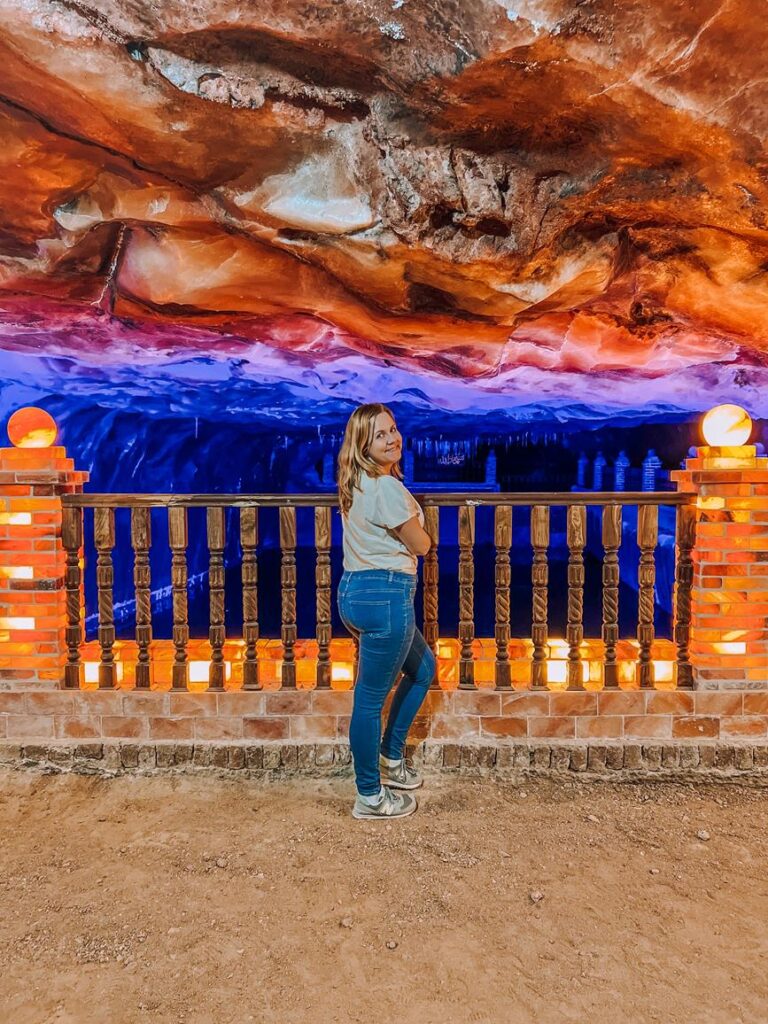
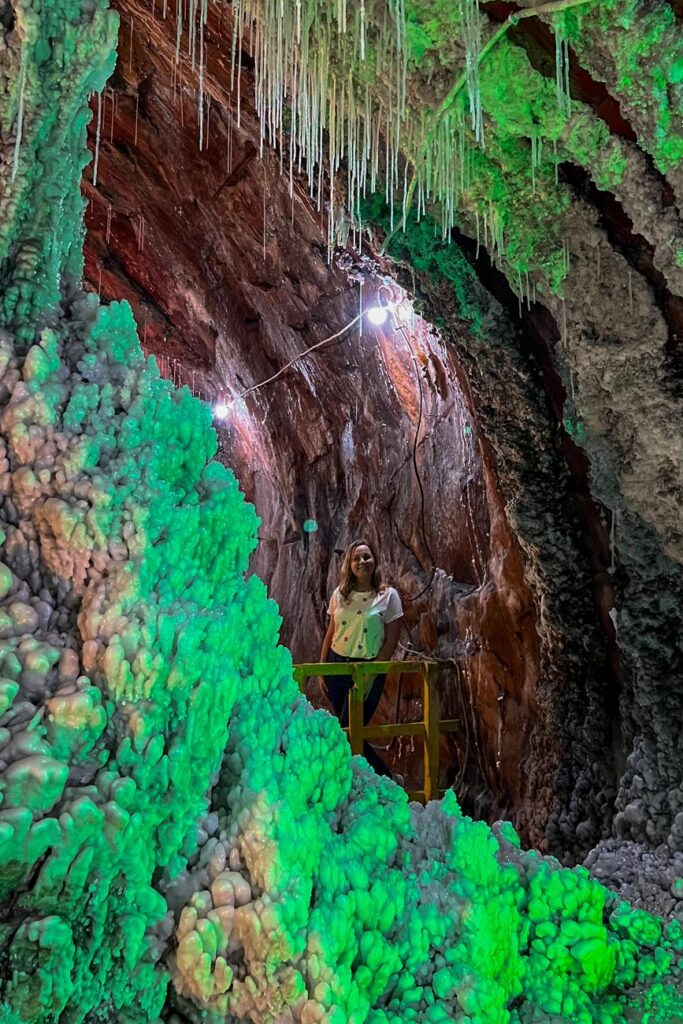
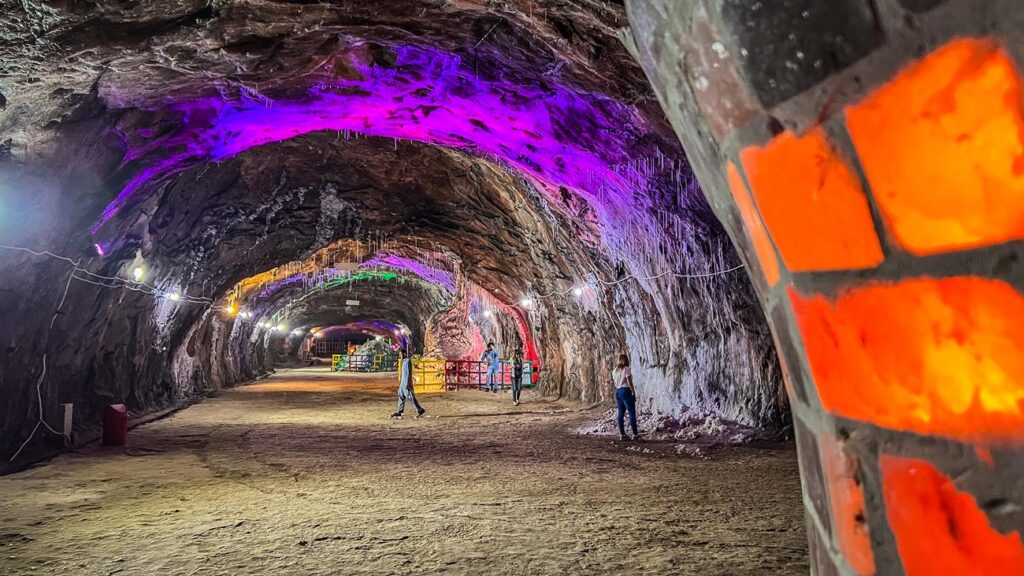
Katas Raj Temples
The Katas Raj Temples near Chakwal in the Punjab province of Pakistan were built in the era of Hindu Shahis from around 615-950 CE and are dedicated to the god Shiva. They are one of the most important Hindu pilgrimage sites in Pakistan and are still used by members of the Hindu community today – including those who travel there from abroad.
Legends say that the place where the temples were built was visited by the Pandava brothers from the famous “Mahabharata,” and the entire complex was built to commemorate their visit.
Katas contains Satgraha, a group of seven ancient temples, five others dating from the medieval period, as well as remains of a Buddhist stupa and havelis (a type of Vishnu temple) scattered around the sacred pond.
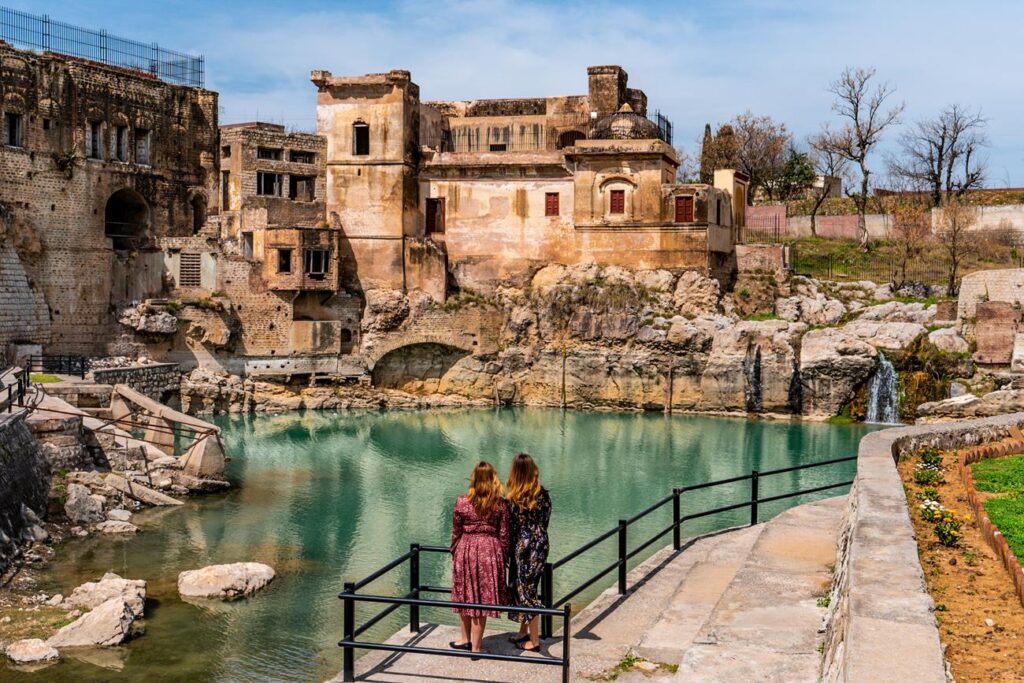
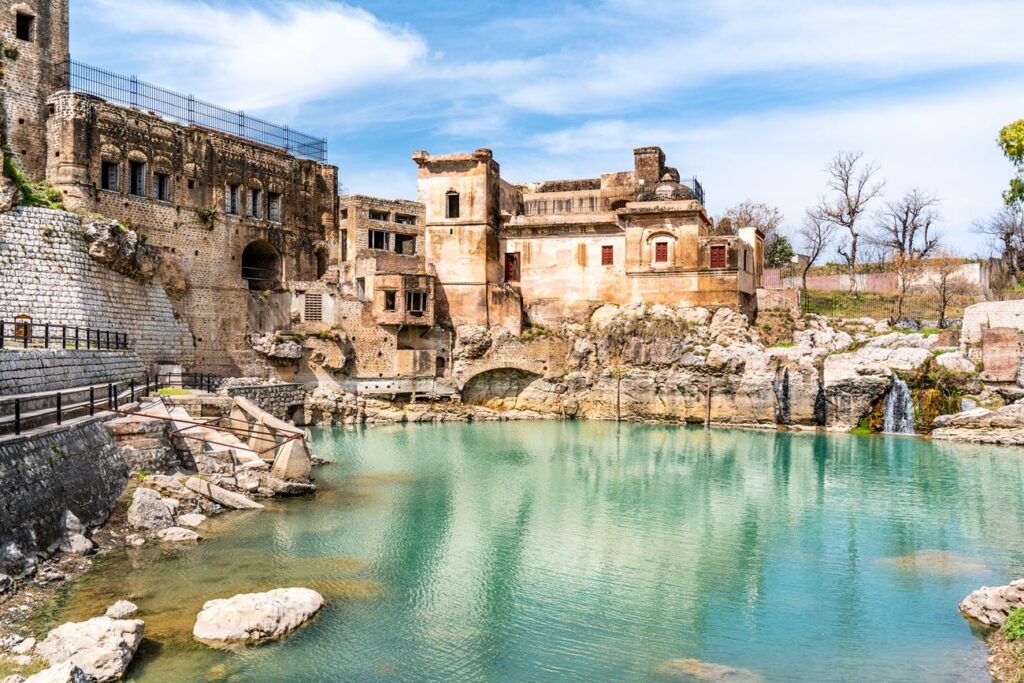
Lahore is a city that allows you to get closer to the history and culture of Pakistan through its monuments and tradition-soaked places – so different from ours!
If you’re planning a trip to Pakistan, you might be interested in the following posts:
- 12 Things To Know Before Visiting Pakistan
- What to See in Pakistan? Attractions and Travel Plan
- Islamabad – What to See in the Capital of Pakistan?
- Wagah: A Display of Strength at the Pakistan-India Border. How Did the Conflict Between These Countries Begin?
During the planning of your trip to Pakistan, mention my name or input the code EWELINA5 to receive a 5% discount at TUK TUK TOURS.